How Our Pots Are Made
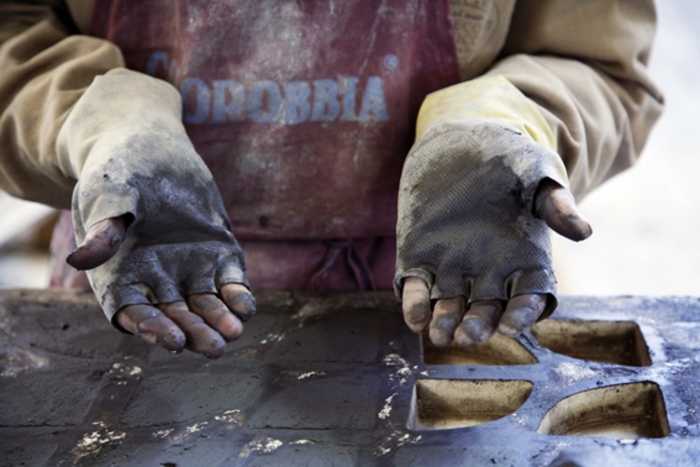
We are not potters, we are a specialist retailer. From the very beginning of our long and successful relationship with our Italian potteries, we had a strong belief that to confidently ply our trade and give our customers the necessary information to make an informed decision on what is often a considered purchase, we should have first-hand knowledge of the process and skills required to hand produce the terracotta pots of the quality and size we sell. Here we share with you the process from start to finish, or rather, from clay to terracotta.
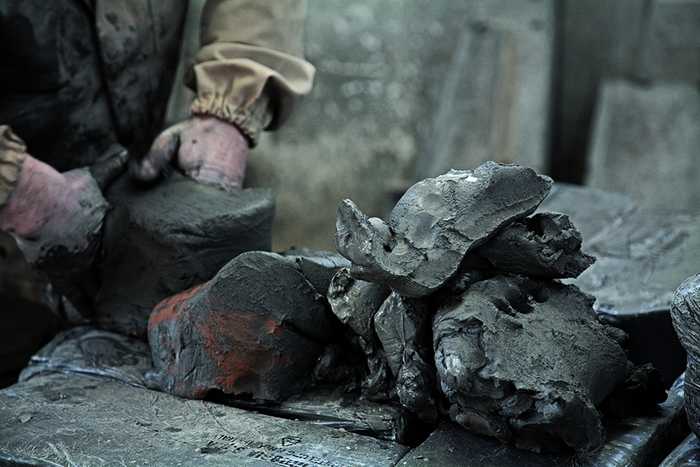
Clay is the raw material and terracotta is the finished product. As well as the production method and the firing cycle, there are other factors that ensure the quality of a terracotta pot and possibly the most important of these is the quality of the clay. The raw material used by our potters is Galestro, which is found naturally in clay sediments in Tuscany in the upper layers of the earth. Beginning as grey rock and then finely ground in mills, it is then down to the experience of the kiln man and his skill in combining the water and powder which results in this clay, prized for its high resistance to the elements and aesthetic beauty. Particularly high in organic quality, the calcium salts and carbonate components allow the finished articles to be both permeable and porous, which for containers of earth are especially important. The unmistakable red of terracotta comes from the iron oxide, and once fired the dark grey clay takes on an attractive rosy red colour with white shades.
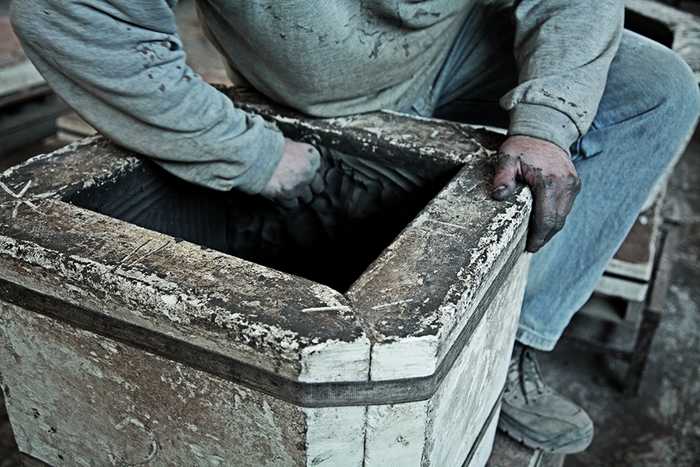
Working the clay. The production by hand is an ancient tradition and is important to ensuring a high-quality finished article. Great skill is required in the first instance to produce the moulds which are basically a negative imprint of the pots to be made, and our Tuscan potteries use this ancient tradition of hand production using the gypsum mould cast technique. Craftsmen work the clay by hand spreading and modelling until the complete shape is formed around the inside of the mould to the correct thickness. If the pots aren't round then the potter tamps the clay, pressing by hand into the different shaped moulds and finishing the interior of the pot by smoothing the clay again by hand.
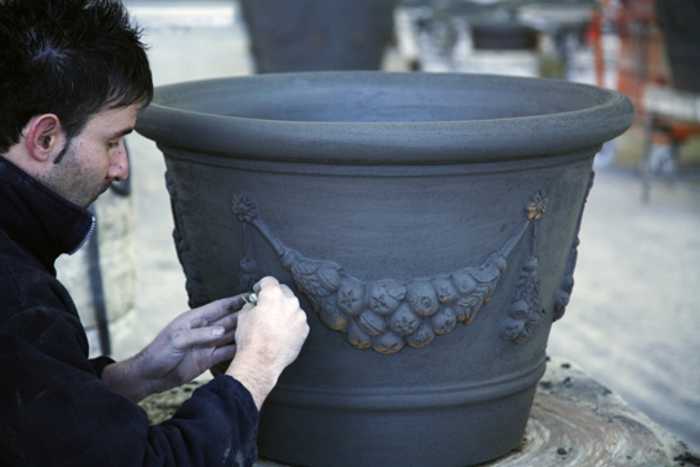
Hand finishing. After the mould has been hand pressed and completed, an initial drying process takes place as the mould draws water from the clay, enabling the mould and the pot within to be separated ready for the final stage before firing. Now the potter works on the important part of hand finishing and checking the exterior detail of the pot, smoothing imperfections, adding edges and finishing any decoration using great skill and patience to ensure the article is at its best.
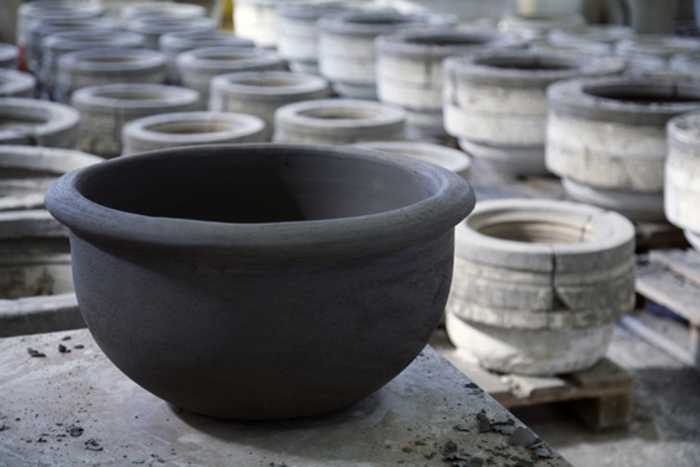
Perfection takes time. An extended drying time now takes place and the pots are carefully racked and allowed to dry slowly to ensure uniform dehydration. As the clay dries, its volume reduces by some 10%, so this is a critical stage and cannot be rushed, otherwise the pot will crack. The full duration of this part of the process can take anything from two to six weeks and is dictated by not only the pot size but also weather conditions, which can have an impact during the colder months. Finally, in preparation to and prior to firing, the pots are now moved to a drying room closer to the kiln.
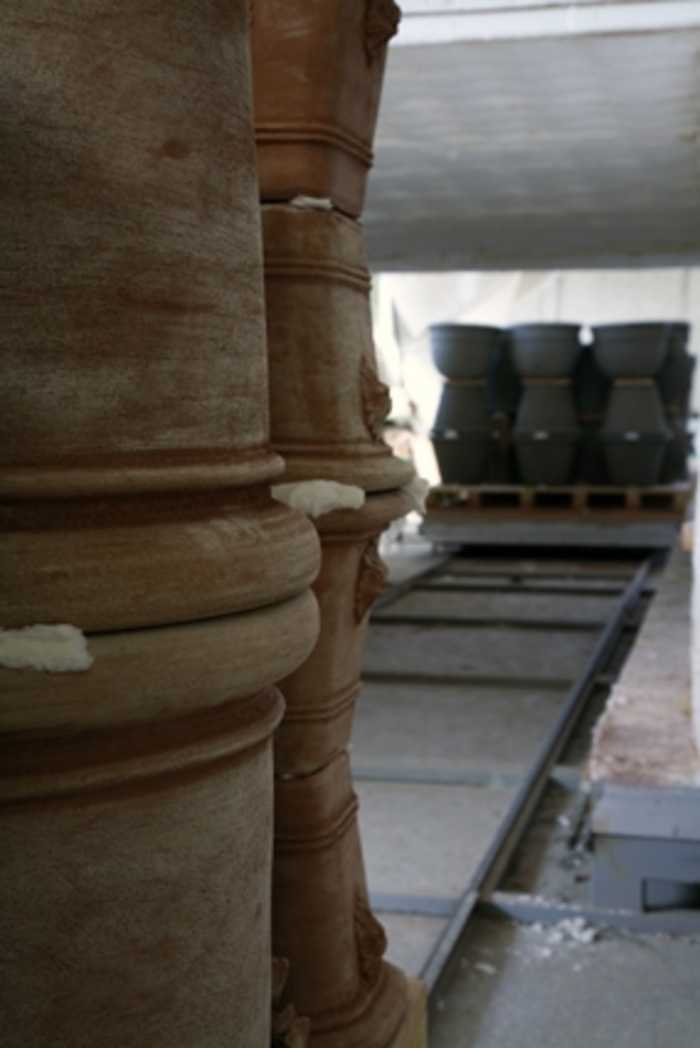
Firing is an art in itself. The pots are now expertly stacked in the kiln to ensure uniform and complete firing. The clay needs to be baked for 36 hours, with temperatures gradually rising to over 1000º to ensure the terracotta produced in the firing has reached optimum vitrification for its intended function, or put more simply, when the porosity of the terracotta has been reduced to the ideal level for an outdoor planter. You can read why this is so important in our previous blog post. Cooling down and wetting is the final stage in the process and the pots are now allowed to cool for up to 70 hours before being passed into a wet room and soaked abundantly, in order to clear them of their internal lime and impurities.
Our potteries do not compromise during any of the stages to save cost or time. Theirs is an ancient artisan trade and their goal is to ensure its practice and continuation.
Our part in this lengthy and skilful process is to have the pleasure in supplying our customers with expertly made, high quality, beautiful terracotta planters!
Posted on January 4th 2021
